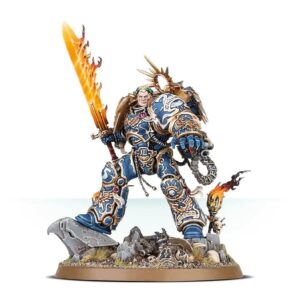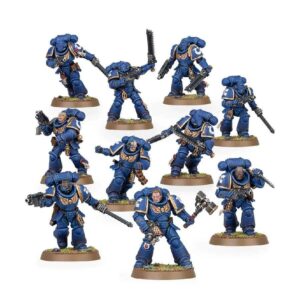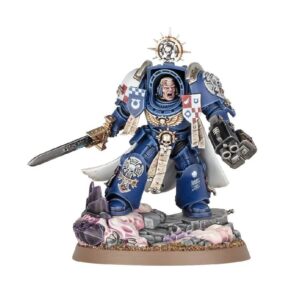For a fleshy-humanoid color scheme use this guide.
Step 1: Prime the Model
Begin by priming the model with a smooth, even coat of Chaos Black Spray. This prepares the surface for paint adhesion and sets the foundation for subsequent layers.
Step 2: Armor and Cloth
Using a medium brush, carefully paint Mortarion’s armor with Dawnstone. Ensure complete coverage, paying attention to all the intricate details. For the cloth areas, employ Rakarth Flesh, applying it with precision to capture the desired texture and tone.
Step 3: Shade the Model
Apply Agrax Earthshade selectively over the armor and cloth areas, focusing on recesses and crevices. This shading technique adds depth and definition to the model, enhancing its realism.
Step 4: Highlight the Armor
With a fine brush, drybrush Pallid Wych Flesh onto the raised areas of the armor. This technique highlights the edges, creating a striking contrast and accentuating the three-dimensional quality of the model.
Step 5: Add Detail to the Face
Using a mix of White scar and a touch of Rakarth Flesh, paint Mortarion’s face, emphasizing the eyes, mouth, and other facial features. Exercise precision and attention to detail to capture the character’s menacing visage.
Step 6: Nurgle’s Rot
Channel the essence of Nurgle by applying Death Guard Green to areas representing decay, corruption, or organic matter. Focus on recesses, wounds, and other appropriate locations to achieve a realistic and grimy appearance.
Step 7: Metallic Parts
Utilize Leadbelcher to paint any metallic areas, such as weapons, chains, or armor embellishments. Ensure smooth and even coverage, paying attention to the smallest details. Consider using additional metallic shades to highlight specific areas for added depth.
Step 8: Shadows and Depth
Intensify the shadows and add depth to the model by selectively applying Druchii Violet to recessed areas, crevices, and any sections requiring extra definition. Use a thin brush and apply the shade with controlled precision.
Step 9: Bloodstains and Wounds
For realistic bloodstains or fresh wounds, carefully apply Carroburg Crimson to appropriate areas, such as open wounds, gashes, or weapon edges. Exercise restraint to achieve a natural and believable effect.
Step 10: Base Coat for Scenic Base
Paint the base with a solid layer of Dryad Bark, ensuring complete coverage. This provides a realistic ground texture for the subsequent steps of scenic base painting.
Step 11: Highlight the Scenic Base
Using Ulthuan Grey, drybrush the base to add texture and highlight raised areas. This technique creates depth, enhances realism, and complements Mortarion’s imposing presence.
Step 12: Final Details
Capture attention to the model’s smaller elements by painting selected details or decorative elements, such as symbols, scrolls, or ornaments, with Screamer Pink. Exercise precision and patience to achieve crisp, clean lines.
Step 13: Additional Highlights
With a fine brush, paint Mechanicus Standard Grey on selected edges to create further highlights and definition. This technique adds depth to the model and enhances its overall visual impact.
Step 14: Weathering and Finishing Touches
To achieve a weathered and worn appearance on the scenic base, apply drybrushing techniques using Ushabti Bone and Karak Stone. This simulates natural wear and tear, adding a final touch of realism.



